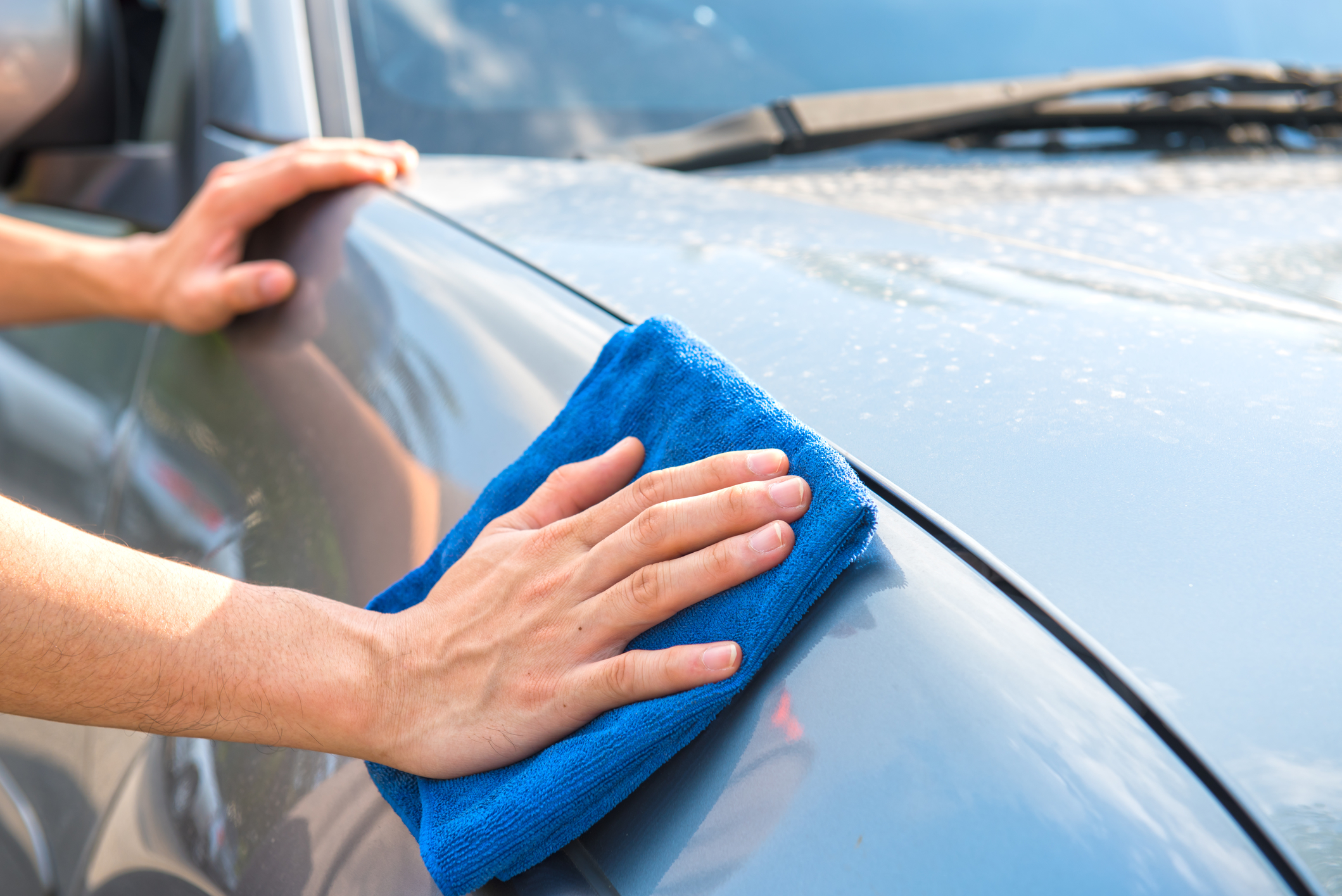Eight Tips for Wet Weather Car Care

Wet weather can quickly turn your fresh-smelling passenger cabin into a moldy, musty mess. Wet shoes, soiled clothing, damp hands—the ills of inclement weather damage upholstery and create a health hazard for your passengers.
How can you keep the interior of your vehicle clean and healthy?
“There definitely are things drivers can do to protect the passenger cabin,” said Jim Dvorak, car care expert at Mother’s car care products. “Although the interior should be treated at all times of year, maintaining a clean cabin takes on extra importance in wet weather.”
Moisture turns dirt particles into mud and discolors carpet, fabric, and even stitching of the leather upholstery. Applying leather and cloth protection to upholstery helps keep dirt particles from abrading or damaging the material and accumulating in seams.
“If the interior of your vehicle is wet then moisture creates a thin film of condensation on the windows and makes it harder to see while you drive,” Dvorak said.
Glass surfaces get “foggy” and difficult to clean. Wiping surfaces with paper towels can cause smearing. Dvorak recommends wiping surfaces with a terrycloth or microfiber towel.
“Sometimes this ‘foggy” glass is from fumes naturally given off by fabrics and vinyls inside the passenger cabin creating a hazing effect,” said Dvorak about a phenomenon known as ‘outgassing.’ “Drivers should ventilate vehicle interiors occasionally, and be aware that interior windows need to be cleaned often to maintain visibility.”
Damp carpet becomes a breeding ground for spores, creating a possible health hazard for passengers.
“A good way to prevent moisture from collecting in carpets and the padding underneath is using rubber mats during wet weather,” Dvorak said.
Although temperatures in the Northern Hemisphere range from mild to cold, UV from sunlight still can cause vinyl surfaces to weather and crack. Use vinyl protection to prevent damage from the intense winter sun.
“Interior products can be applied in cold weather, but usually should be applied at temperatures of about 50 degrees," Dvorak said. “Otherwise,they may just be too cold to use properly.”
Craig Burnett, lead chemist at Mothers, had the following suggestions for interior car care during wet weather:
-
Soak up coffee and other drink spills immediately to prevent mold and mildew. Although interior materials are good at resisting stains, moisture eventually seeps into surfaces such as seat cloth or rug fibers and padding.
-
Vacuum seats and carpets frequently. Dirt and other particles combine with moisture and embed into fabric and padding.
-
Use products designed for vehicle carpet, upholstery and glass. Household cleaners may damage vehicle upholstery surfaces. Always test products in a small, out-of-the-way area.
-
Allow the interior to dry out immediately to help prevent mold growth.
-
For large spills or wet spots use a shop vac and fan to aid in drying. Keep a terry cloth towel in the car to soak up moisture before it seeps into fabrics and foam.
-
Prevent excessive moisture from entering your vehicle by closing it tight when left unattended. Don’t leave windows cracked open when the car is parked in open air.
-
Replace carpet floor mats that have become weathered or have any signs of mold or mildew. Old, weathered carpet is a breeding ground for spores and musty odors.
-
Use rubber floor mats during rainy months. Wet shoes track dirt and grime—problems that can be eliminated quickly by washing rubber mats.
“Find a warm dry place to open up your car for an extended period,” Burnett said. “You might consider using a fan or running the heater with the A/C on at full to help dry out the interior. Your vehicle’s A/C system works quite well to pull moisture out of the air.”